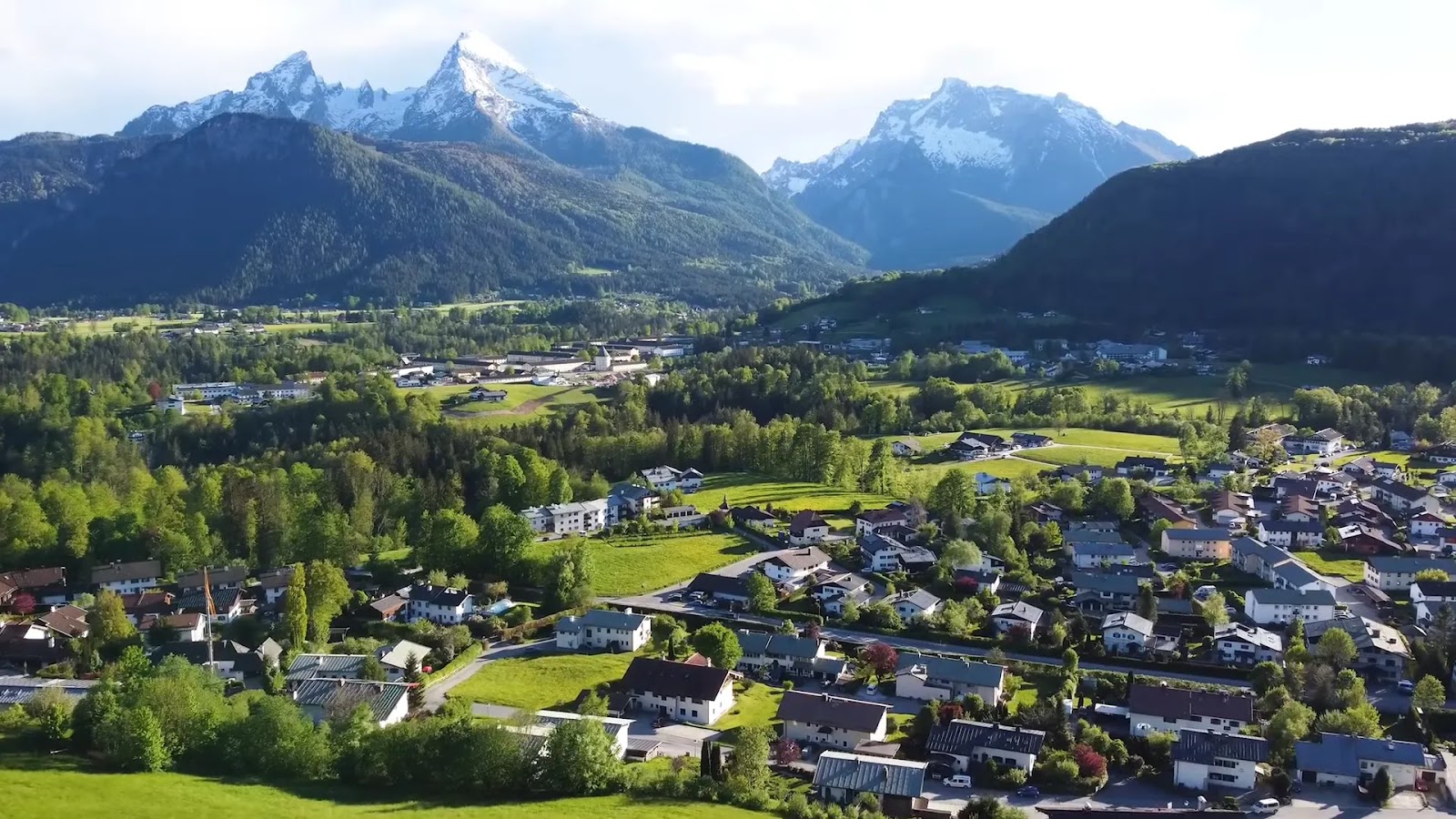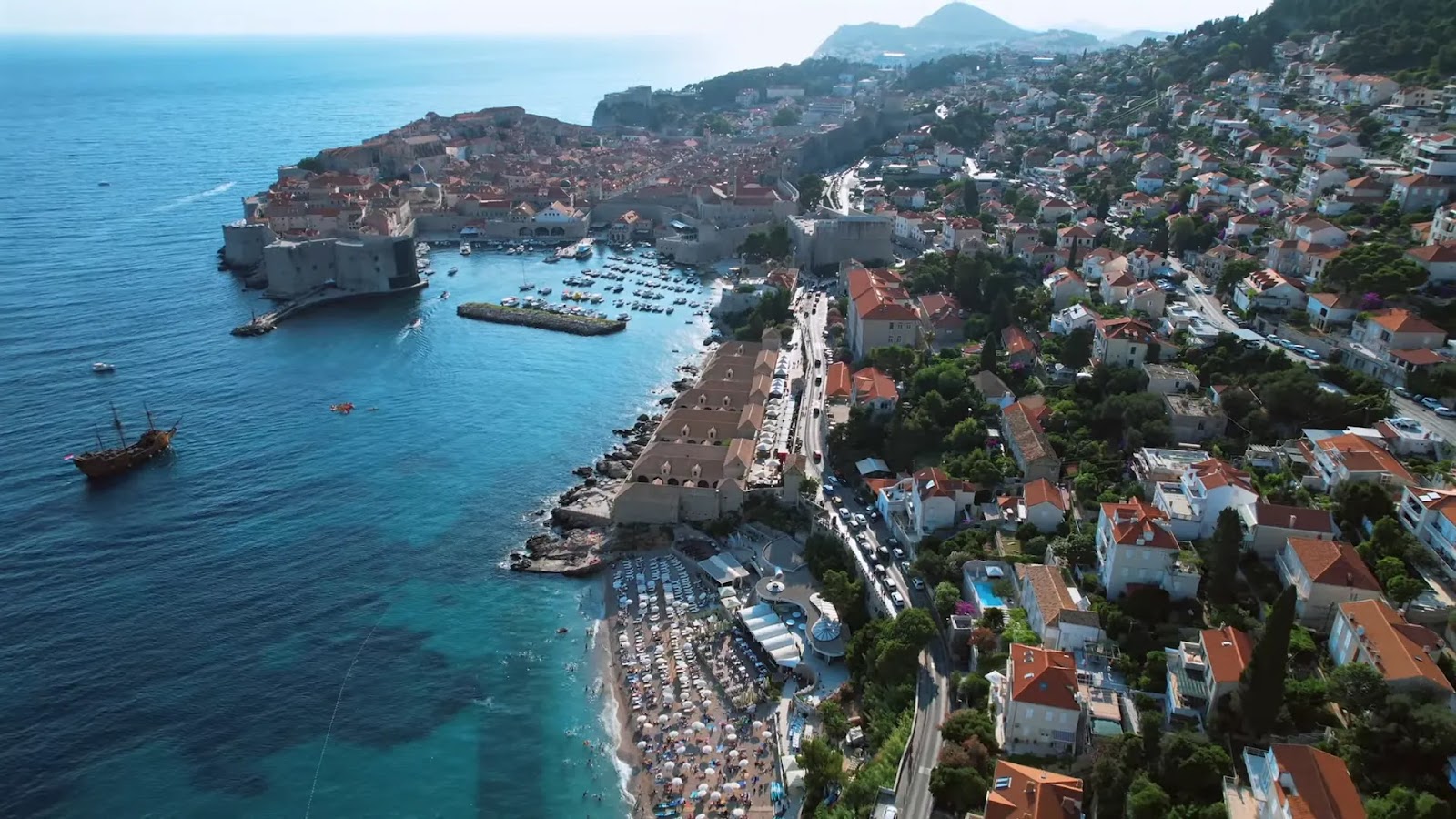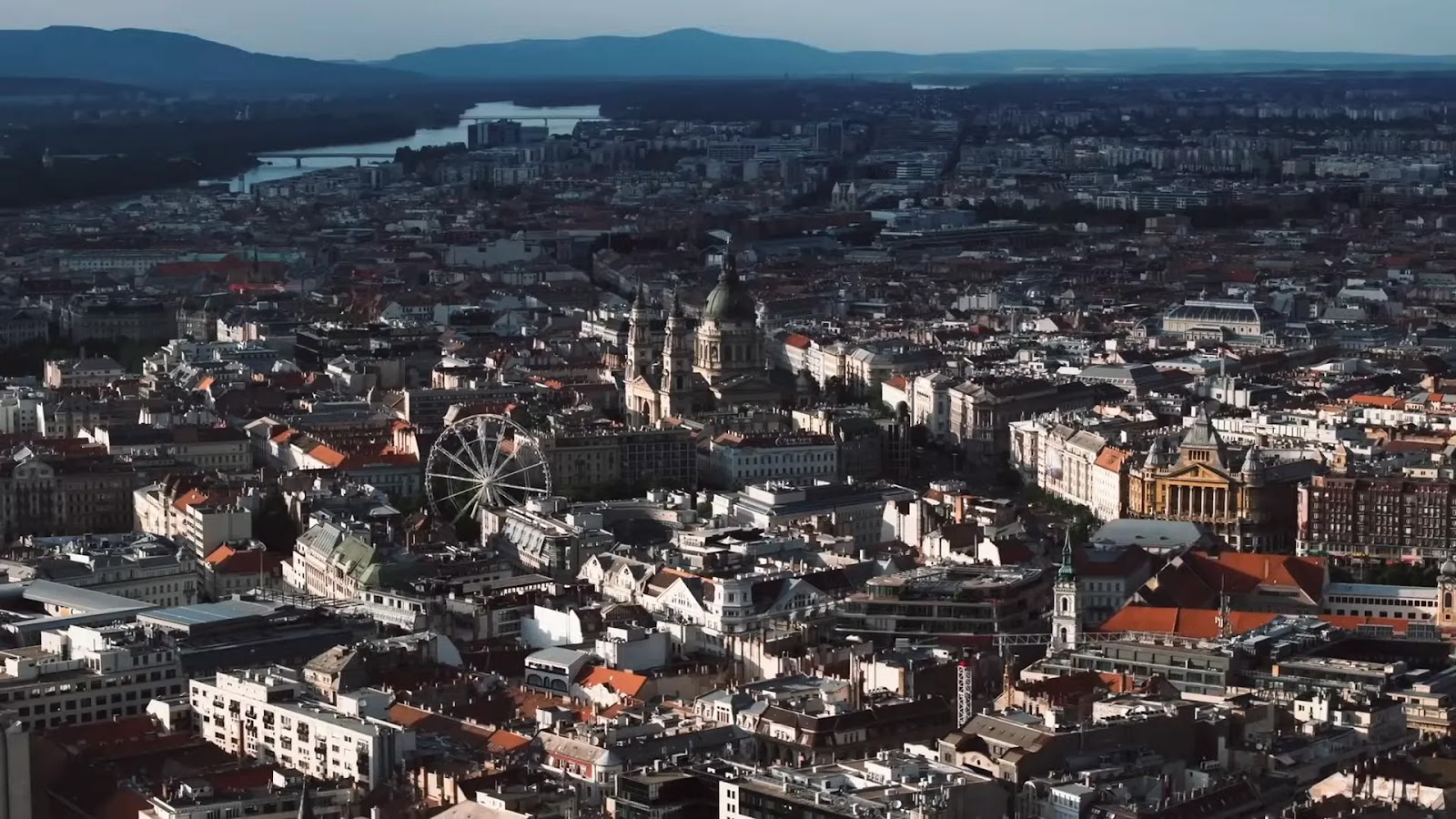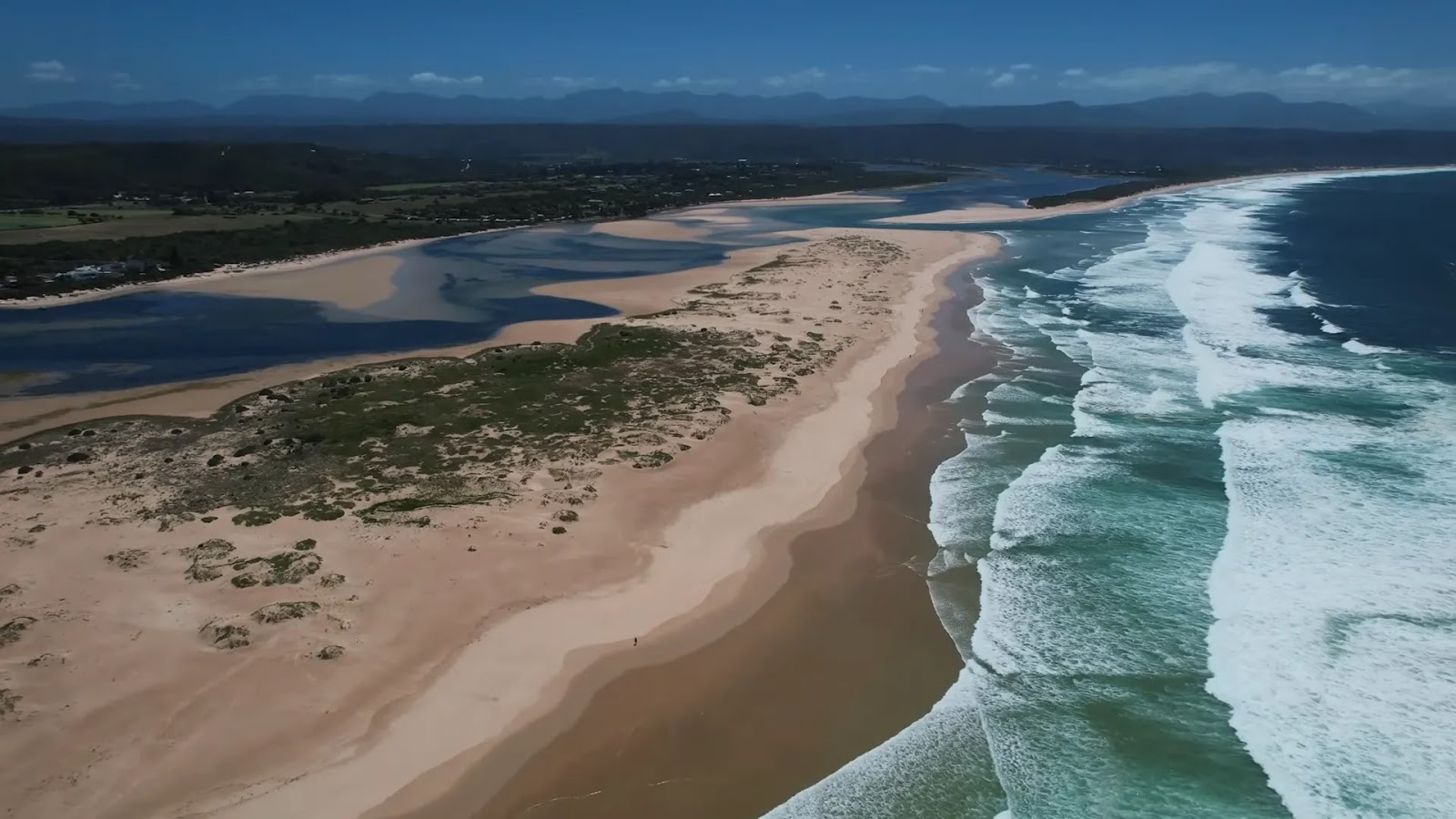Ultimate Namibia Travel Guide: Everything You Need to Know for an Unforgettable Adventure
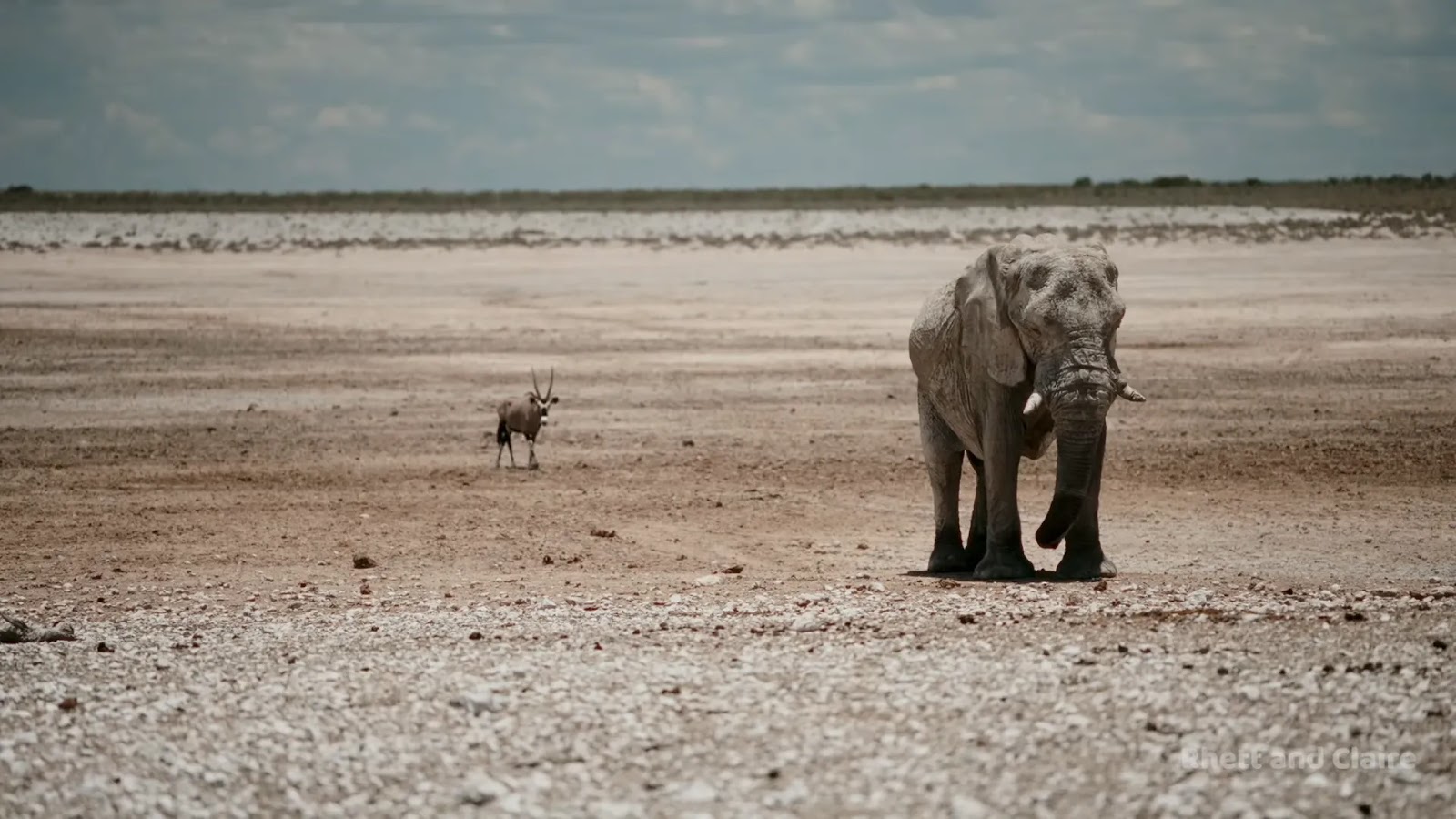
Planning Your Namibian Adventure
Namibia, a land of breathtaking desert landscapes, abundant wildlife, and warm hospitality, is an underrated gem waiting to be explored. This guide provides essential information for planning your trip, ensuring a smooth and unforgettable experience.
Getting to Namibia
Most international travelers arrive at Hosea Kutako International Airport (WDH) in Windhoek, the capital city. Direct flights are available from select international hubs, including Frankfurt, Johannesburg, and Addis Ababa. The airport is about 45 minutes from the city center, and options for reaching your accommodation include shuttle buses, taxis, and rental car services.
For those driving from Cape Town, the journey takes approximately 14 hours, including border crossing procedures. Namibia is a vast country, so be prepared for long driving distances between destinations.
Visa Requirements
Visa requirements vary depending on your nationality. Starting April 1, 2025, citizens of many countries, including the US, UK, and several European nations, will require a visa on arrival. Check the latest visa information before your trip to ensure a hassle-free entry.
Essential Travel Information
Currency and Budget
The Namibian dollar (NAD) is the official currency, pegged to the South African rand (ZAR), which is also widely accepted. ATMs are available in major cities, but it’s advisable to carry sufficient cash, especially when traveling to remote areas. Budgeting for accommodation, transportation, and activities will depend on your travel style, ranging from budget-friendly camping to luxurious lodges.
Best Time to Visit
The best time to visit Namibia is during the cooler, dry months from April to September. July and August are peak season, so book accommodations well in advance. The summer months (October to March) can be extremely hot, especially in the interior regions.
Exploring Namibia's Highlights
Must-See Destinations
- Sossusvlei: Witness the iconic red dunes and dramatic landscapes.
- Spitzkoppe: Explore the unique rock formations and stunning scenery.
- Swakopmund: Enjoy adventure activities like dune bashing and quad biking.
- Etosha National Park: Embark on thrilling safaris and spot diverse wildlife.
- Damaraland: Discover ancient rock paintings and encounter desert-adapted elephants.
Accommodation
Namibia offers a wide range of accommodation options, from campsites for budget travelers to luxurious lodges and safari camps. Consider staying in private lodges for a more exclusive safari experience with greater flexibility.
Transportation
Self-driving is a popular way to explore Namibia, with 4x4 vehicles recommended for navigating the diverse terrain. Flying between destinations is another option, offering convenience and time-saving benefits. Guided group tours are also available for those who prefer a more structured travel experience.
Culture and Practical Tips
Language and Culture
English is the official language, but German and Afrikaans are also widely spoken. Embrace the local culture by learning a few basic phrases in the local languages.
What to Eat
Indulge in Namibian cuisine, including game meat, traditional stews, and fresh seafood. Don't miss the opportunity to try local delicacies like biltong (dried cured meat) and potjiekos (a hearty stew cooked in a cast-iron pot).
Safety and Health
Namibia is generally safe for travelers, but it's important to be aware of potential hazards, such as wildlife encounters and driving conditions. Take necessary precautions, such as wearing closed shoes in nature and avoiding driving after dark. Consult your doctor about recommended vaccinations and necessary health precautions.
Conclusion
Namibia offers a truly unique and unforgettable travel experience. By following this guide and planning accordingly, you can maximize your enjoyment and create lasting memories in this captivating African destination. Start planning your Namibian adventure today!

